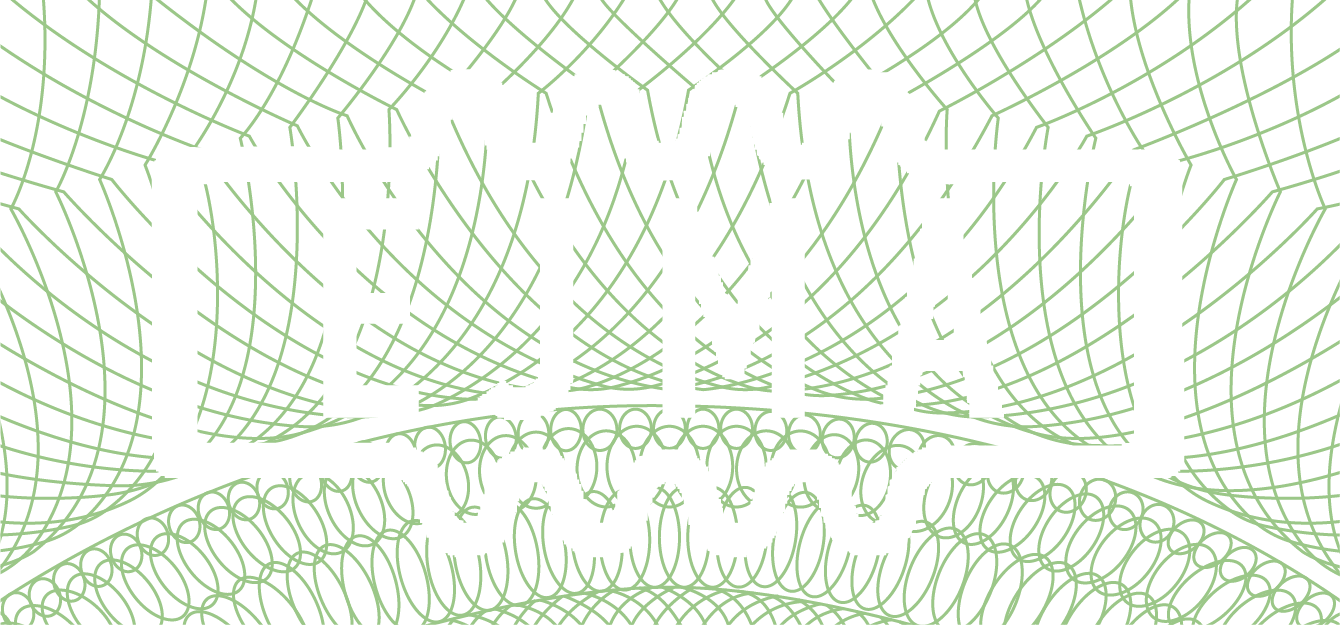The maximum shear stress theory states that failure of a piping component occurs when the maximum shear stress exceeds the shear stress at the yield point in a tensile test.
Read MoreTag: piping systems
The maximum shear stress theory states that failure of a piping component occurs when the maximum shear stress exceeds the shear stress at the yield point in a tensile test.
The Maximum Principle Stress Theory and Maximum Shear Stress Theory
Out of the Six Theories of Failure, which are the 2 that are the most widely used?
The Maximum Principle Stress Theory and Maximum Shear Stress Theory
Read MoreThis theory states that yielding in a piping component occurs when the magnitude of any of the three mutually perpendicular principal stresses exceeds the yield strength of the material.
What does the Maximum Principle Stress Theory state?
This theory states that yielding in a piping component occurs when the magnitude of any of the three mutually perpendicular principal stresses exceeds the yield strength of the material.
Read MoreA term applied to calculations, which address the static and dynamic loading, resulting from the effects of gravity, temperature changes, internal pressures, fluid flow, seismic activity, and any external loads.
What is Stress Analysis?
A term applied to calculations, which address the static and dynamic loading, resulting from the effects of gravity, temperature changes, internal pressures, fluid flow, seismic activity, and any external loads.
Read MoreIt is a visual representation of the effects of various loading conditions on a piping system between stress and strain.
What is the Stress-Strain curve?
It is a visual representation of the effects of various loading conditions on a piping system between stress and strain.
Read MoreVibration, thermal bowing, creep, thermal fatigue, and steam/water.
What are the 5 majority causes of failures (after flexibility analysis) of a system?
Vibration, thermal bowing, creep, thermal fatigue, and steam/water.
Read MoreExcessive flexibility causes an increase in material costs, pressure drops, and loss of pump efficiency.
What are the effects of excessive flexibility?
Excessive flexibility causes an increase in material costs, pressure drops, and loss of pump efficiency.
Read MoreUsing flexible piping with bends and turns, use of expansion loops between fixed locations, or use of expansion joints between two anchor points of a pipe run.
What are the methods of incorporating flexibility in a piping arrangement?
Using flexible piping with bends and turns, use of expansion loops between fixed locations, or use of expansion joints between two anchor points of a pipe run.
Read MoreFlexibility analysis assures that there is not any overstress or fatigue, leakage at joints or distortions are piping connections or terminals.
What is the purpose of flexibility analysis?
Flexibility analysis assures that there is not any overstress or fatigue, leakage at joints or distortions are piping connections or terminals.
Read MoreTo produce neither excessive stress within the configuration and limit excessive end reaction at the piping terminal.
What is the objective of having flexibility within a piping system?
To produce neither excessive stress within the configuration and limit excessive end reaction at the piping terminal.
Read MoreConventional and nuclear power plant, petroleum refinery, chemical industry, natural gas transmission, food processing and pharma industry, water and sewage plants, air conditioning and refrigeration system.
What are some applications for a piping system?
Conventional and nuclear power plant, petroleum refinery, chemical industry, natural gas transmission, food processing and pharma industry, water and sewage plants, air conditioning and refrigeration system.
Read MoreFluctuating temperatures, changes in pressure, and modification in flow rate.
What are some adverse operating conditions of a piping system?
Fluctuating temperatures, changes in pressure, and modification in flow rate.
Read MoreFluid velocity is controlled to prevent operational problems such as water hammer, steam hammer, relief valve discharge loading, and vibrational loads.
Why is fluid velocity controlled?
Fluid velocity is controlled to prevent operational problems such as water hammer, steam hammer, relief valve discharge loading, and vibrational loads.
Read MoreA
What is a two phase flow?
A
Piping systems use pumps to develop the pressure or head required to maintain the system design flow rates.
Why do piping systems use pumps?
Piping systems use pumps to develop the pressure or head required to maintain the system design flow rates.
Read MorePiping system pressure drops must be maintained within reasonable values to limit the installed size of the system pumps and their prime movers.
Why must piping system pressure drops be maintained?
Piping system pressure drops must be maintained within reasonable values to limit the installed size of the system pumps and their prime movers.
Read MoreDynamic head is the equivalent height of a fluid that is to be pumped, taking into account the friction losses in the pipe.
What is dynamic head?
Dynamic head is the equivalent height of a fluid that is to be pumped, taking into account the friction losses in the pipe.
Read MoreSystem static head is the internal energy of
What is system static head?
System static head is the internal energy of
Back
In regards to backflow, what is back syphonage?
Back
Backflow or
In regards to the syphon effect, what conditions are backflow or reverseflow caused by?
Backflow or
- 1
- 2
- 3
- …
- 7
- Next Page »


